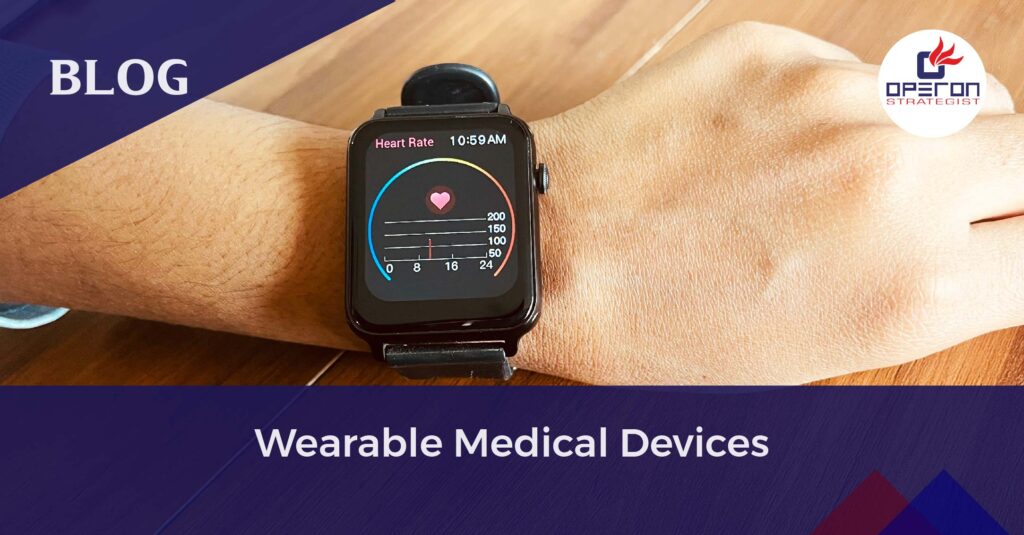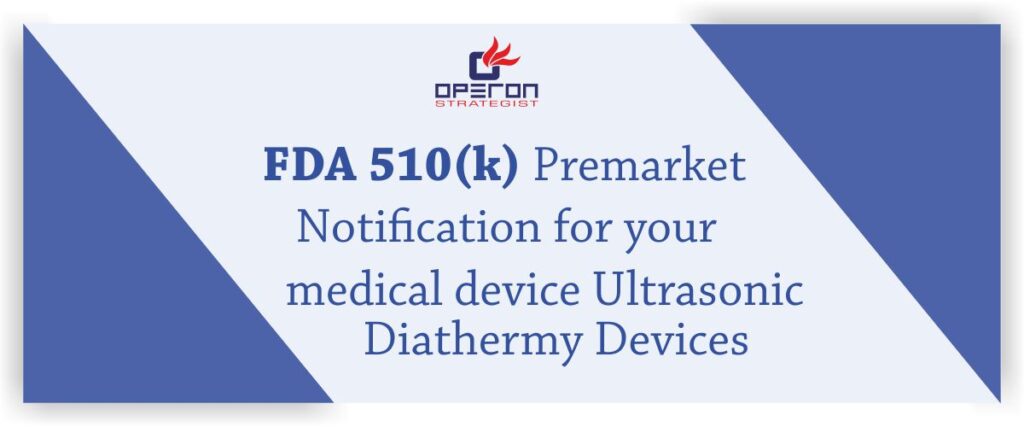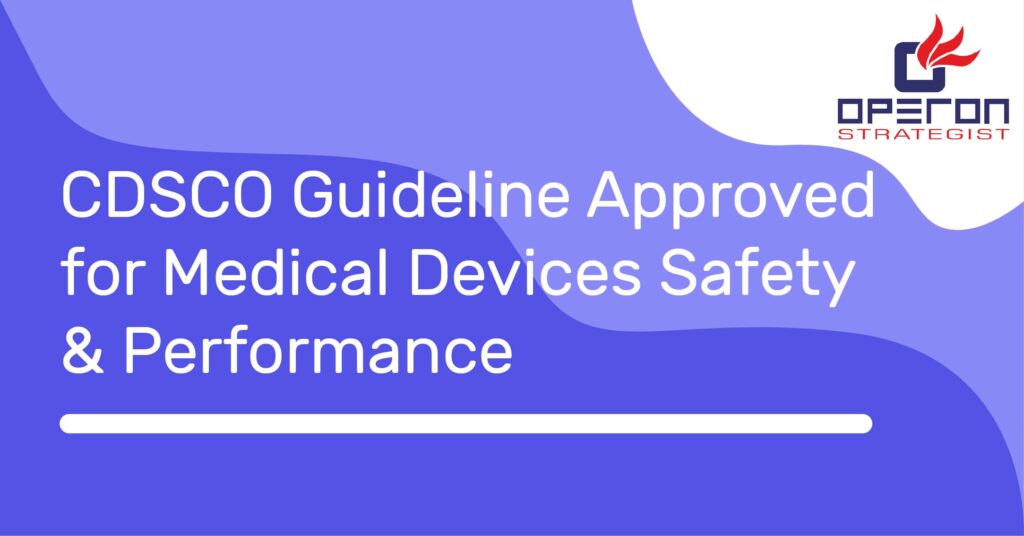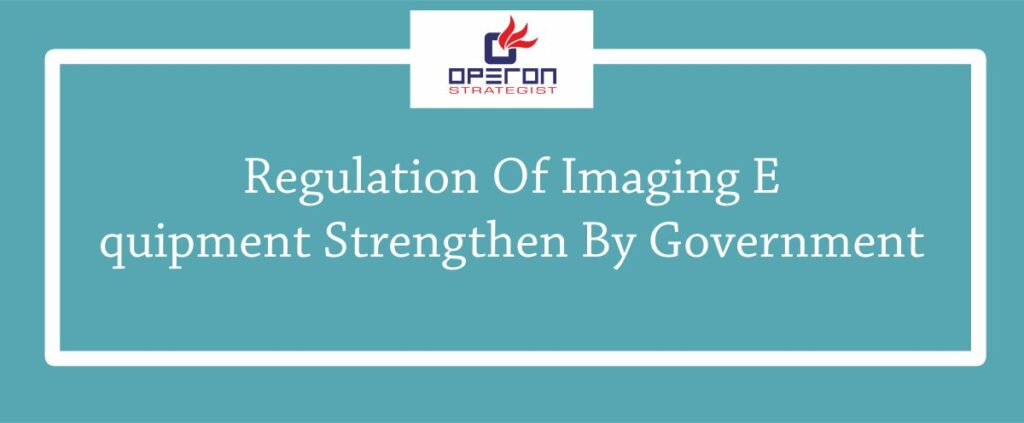Wearable Medical Devices: An Overview
In recent years, wearable technology in healthcare has taken the world by storm, transforming various aspects of our lives. One particular area where wearables have made significant strides is in the field of healthcare. Wearable medical devices have emerged as powerful tools that can monitor and improve our health in ways we could never have imagined before. In this blog, we will explore the exciting world of wearable medical devices, their applications, and the impact they are having on healthcare.
What are Wearable Medical Devices?
Wearable medical devices are compact electronic devices designed to be worn on the body, typically as accessories or clothing, to monitor and collect various health-related data. These devices are equipped with sensors to track vital signs, physical activity, sleep patterns, and other relevant metrics. They play a crucial role in personal health monitoring, wellness tracking, and disease management, offering users valuable insights into their health status in real-time.
Medical wearables can estimate blood pressure, body temperature, and heart rate and indicate risks such as problems with respiration, or increased blood pressure etc.
Looking for Medical Device Consultant?
Let’s have word about your project
Applications of Wearable Medical Devices in Healthcare:
a. Remote Patient Monitoring:
Wearable devices enable healthcare professionals to remotely monitor patients’ vital signs, such as heart rate, blood pressure, and oxygen saturation. This technology allows for early detection of abnormalities and timely intervention, particularly for individuals with chronic conditions like heart disease or diabetes.
b. Fitness and Wellness:
Wearable fitness trackers have become immensely popular among health enthusiasts. These devices can track physical activities, monitor sleep patterns, and provide personalized feedback to promote a healthier lifestyle. They encourage individuals to set goals, stay active, and make informed decisions about their well-being.
c. Chronic Disease Management:
Patients with chronic diseases, such as asthma or epilepsy, can benefit greatly from wearable devices. These devices can alert individuals and caregivers in case of emergencies, track medication adherence, and collect valuable data for optimizing treatment plans.
d. Rehabilitation and Physical Therapy:
Wearable devices play a crucial role in the field of rehabilitation and physical therapy. They can monitor and analyze movements, provide real-time feedback, and track progress, allowing therapists to tailor treatment plans and enhance patient outcomes.
List of Wearable Medical Devices
- Vital signs devices
- Heart rate monitoring devices
- Fitness devices.
- Vision correction devices.
What are the Pros and Cons of Wearable Medical Devices?
Pros of Wearable Medical Devices:
- They are user-friendly: Wearable medical devices are user-friendly and can monitor many diseases.
- Convenient to wear: most of these devices are wearable on wrists and clipped on clothing which will not restrict patients from performing their daily activities.
- Detection of disease symptoms at an early stage: the wearable sensors detect the change in their medical data which allows patients to act proactively.
Cons of Wearable Medica Devices:
- Need to be at lower cost: the devices must be affordable and need to be technically improved
- Ensure safety: the devices need to be tested by healthcare providers.
Challenges and Future Directions of Wearable Medical Devices:
While wearable medical devices offer tremendous potential, several challenges must be addressed. These include ensuring data privacy and security, enhancing accuracy and reliability, and overcoming regulatory hurdles. Additionally, ongoing research and development are needed to further advance the capabilities of wearables and integrate them into comprehensive healthcare systems.
Looking ahead, the future of wearable medical devices is promising. Advancements in sensor technology, artificial intelligence, and data analytics will pave the way for more sophisticated devices with improved accuracy and expanded functionalities. The integration of wearables with telemedicine and electronic health records will enhance care coordination and facilitate remote healthcare delivery.
Regulations for Wearable Medical Devices:
The FDA guidance suggests that these devices are low-risk devices and classified as general awareness products. This guidance specifically says that the products should have the intention of general wellness use and it presents low risk to the safety of users and other persons.
Wearable medical devices, when claims the medical benefits such as treatment, prevention or cure they will be treated as medical devices as per FDA.
Whereas the new EUMDR says that certain wearable medical devices will be qualified to be regulated under MDR if they collect biometric data which can be used to inform health prognosis of user. We team of Operon Strategist medical device regulatory consultant supports and helps manufacturers to comply with FDA 510k, FDA 21 CFR Part 820 (QSR), and CE Marking.
As a wearable medical device manufacturer one needs to establish QMS in compliance with FDA 21CFR part 820 or should conformance with ISO 13485.
Ready to Enter the World of Wearable Medical Devices?
How Operon Strategist Help you With Regulatory Approval?
Looking for wearable health monitoring devices in India, We have an experienced team of people who help companies /medical device manufacturers in streamlining their pathways for market approval. We have expertise in FDA & CE Marking regulatory compliance and also put efforts into error-free deliverables. Feel free to contact us for any medical device regulatory consultation.

MBA Finance, Science graduate, SEO & Technical content writer, possesses keen research and influencing writing skills for more than a year.
-
Anuradha Shahahttps://operonstrategist.com/author/content/
-
Anuradha Shahahttps://operonstrategist.com/author/content/
-
Anuradha Shahahttps://operonstrategist.com/author/content/
-
Anuradha Shahahttps://operonstrategist.com/author/content/




